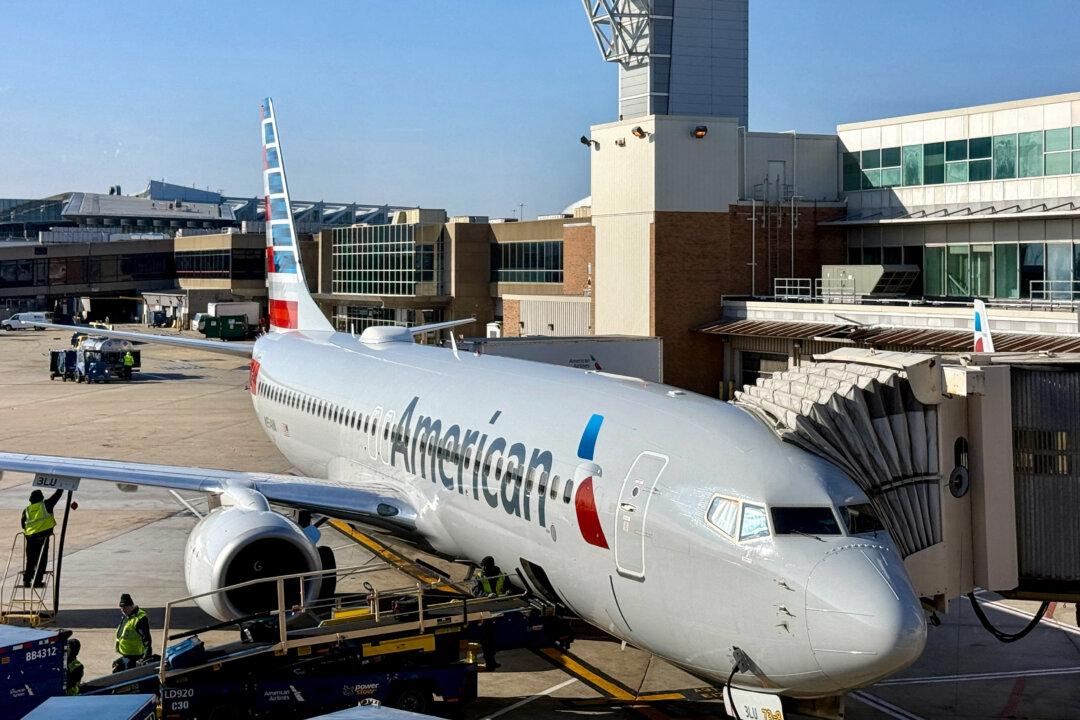A dairy worker in Nevada has been infected with a novel strain of bird flu, marking the first time this particular version of the virus has been traced to a cow, according to the Central Nevada Health District on Feb. 10.
The Centers for Disease Control and Prevention (CDC) has also confirmed the case.
The worker, who was exposed to infected dairy cattle while working at a farm in Churchill County, experienced mild symptoms that did not require hospitalization.
“The person had conjunctivitis with no other reported symptoms and is recovering. … There is currently no evidence of person to person spread of this virus,” the Central Nevada Health District said in a statement.
The bird flu, currently spreading through animals and some people, is known to scientists as Type A H5N1 influenza. There are different strains of it, with a version known as B3.13 confirmed in March after spreading to cattle in late 2023, scientists said. It has infected 962 herds of cattle in 16 states, with most cases occurring in California.
Potential for Wider Spread
The discovery of the D1.1 strain in cattle suggests that the virus has spread from wild birds to cattle on at least two separate occasions. Experts suggest that this raises concerns about the potential for wider spread.However, the risk to the public for H5N1 bird flu remains low, according to the CDC.
Meanwhile, health officials are taking measures to prevent the spread of the virus further.
“Close contacts of the infected person and other workers exposed at the farm are being contacted and monitored for symptoms and are being offered personal protective equipment (PPE), testing and antiviral medication,” according to the Central Nevada Health District.
Dairy Farms in California
As of Feb. 10, the U.S. Department of Agriculture’s (USDA) laboratories have confirmed H5N1 bird flu in 29 dairy farms in the last 30 days in California, according to the California Department of Food and Agriculture (CDFA).Since California’s first detection of H5N1 bird flu in dairy cattle in August 2024, there have been a total of 739 infected dairies, with 280 of those fully recovering and being released from quarantine.
The CDFA is managing multiple USDA-funded research projects to better understand the virus so the state can adjust strategies to combat the evolving virus, according to a Feb. 6 press release from the agency.
The nationwide outbreak of H5N1 bird flu began in poultry in 2022.







